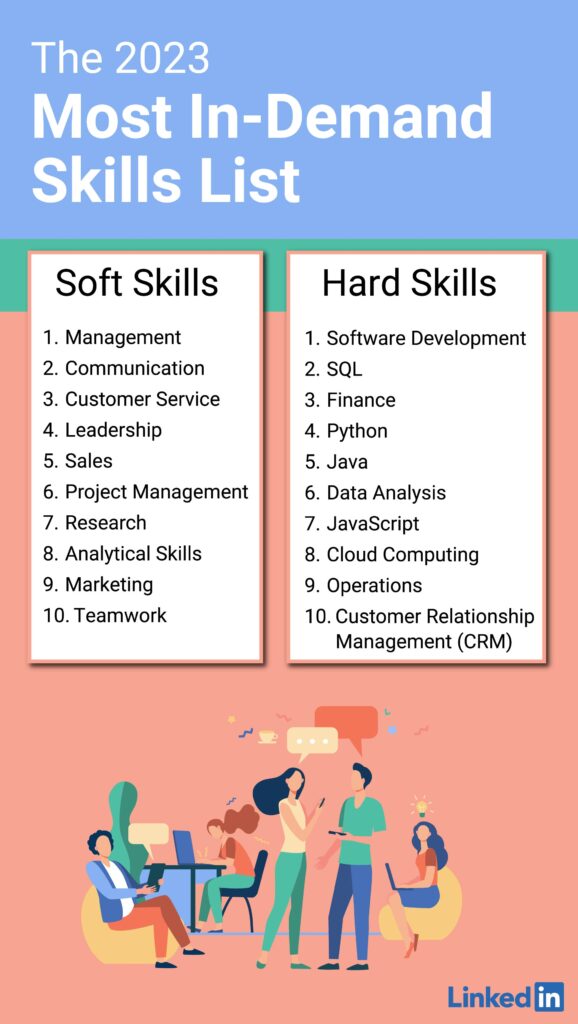When I started my consulting business 4 years ago, I had no clue what I was doing.
But I had met consultants. Actually, I had hired consultants. I saw how much we were paying them and I thought they were doing interesting work.
So I naturally ask the question, “How can I do that?”
I jumped in with my first client, and eventually, I figured it out.
If you are wondering how to start a consulting business on the side, I want to talk you through what I learned by doing it. It’s not always easy. But in my experience, consulting can be really rewarding and a path to making multiple six figures.
In this article, I want to talk about how to start a consulting business on the side.
This post contains affiliate links. These pay us a small commission if you choose to buy something, at no cost to you. This helps support the work we do here at Roostervane. Thanks!
Advantages to starting a consulting business on the side
- A chance to set your own schedule.
- You get to work from your strengths.
- Perfect for an entrepreneur.
- You can earn more.
- Often you can get paid more to do what you’re already doing.
How to start a consulting business on the side
1. Define your high-value skillset
Consulting is a unique beast. It’s a word you see thrown around a lot.
Ultimately, consulting is about bringing a valuable skill to a company on a fractional basis. It’s not a part-time job.
Here’s a really easy way to think about the difference between consulting and a part-time job. If you are an employee, your company has expertise and has to train you. You probably have some experience, but they are the experts. Often.
When you are a consultant, you are the expert. You obviously don’t know the specifics of their company, but you are coming in to solve a certain problem as an expert.
So consulting usually begins with a high-income skill set. You need to have something really valuable to offer, something worth paying a premium for. I also think it can make sense to have a skill set they wouldn’t hire for full-time.
For example, I do some consulting in SEO — Search Engine Optimization. Not every company needs a full-time SEO strategist on payroll. So by paying me for advice, a company can get expertise for a fraction of what they would pay for a full-time employee, who might not know as much anyway.
All this to say, you need to start by defining your high-value skill. What is it that you will bring to a company that you are an expert on? At the end of the day, that’s what consulting is.
Here are some of the things companies hire consultants for:
- Management
- HR
- Financial systems
- IT
- Change management
- DEI
- Marketing
- Operations
And here’s a list of LinkedIn’s high-income skills to keep track of. Not all of these would work as a consulting gig, but it’s a starting point.

2. Find potential customers
I might be an outlier, but I would advise you to find a potential customer before you move any further. Finding your first customer helps you to clarify your offer, and you can figure out if the market wants what you have. This is a way to validate your consulting business idea.
But also, having a consulting business on the side, chances are you don’t need a ton of clients. You might just need one or two high-value clients. In my experience, that can be a better way to go.
There are different ways to find customers, but one of my favorites is networking. If you can have some coffee with potential clients and tell them that you are starting a consulting business on the side, you might find you get some offers.
If you want, you can even find clients by delivering value. Remember, a consultant is an expert. Why not send a potential client some ideas for how to improve something?
Also, it’s worth checking on LinkedIn. If you are talking publicly about your consulting business, you can post. You can also do a search of posts on LinkedIn to see if you can find people who have asked their network for consultants. If you have LinkedIn Premium, you’ll get a bit more data on what people are looking at and who’s looked at your profile.
When I landed my first consulting client, it came exactly like this. I sat down with a potential client, offering my services in grant writing and research. That was what launched my consulting business.
I told the story about it here:
3. Make a handshake sale
“I can’t make a sale if I don’t have a business!”
Not true. I made my first sale on a handshake agreement and even signed the contracting agreement.
I registered my business after.
Don’t be afraid to make the sale.
4. Draft your timeline & deliverables
When you’re doing consulting, you usually live by one of two things: the retainer or deliverables.
Consulting on a retainer means that you give a set number of expertise hours to a company every month.
Consulting by deliverables means that there is no time involved, you just get the work done.
The one that is right for you will depend on the nature of the work. Each has its benefits. Consulting on deliverables means that you can focus on doing the work. You’re delivering a result, regardless of how many hours you work on it. This can be really lucrative if you can do great work quickly.
But, the downside is, the contract will end and you will need to find more work.
The wonderful thing about being on a retainer is that you have recurring revenue every month. Trust me, recurring revenue can take a lot of pressure off your business and help you plan.
Personal note. For me, the perfect mix is somewhere in between. Enough recurring revenue business to keep me busy, with the occasional short-term contract to boost my income through the roof for a month or two.
5. Register your business
Now the fun part. You need to register your business. Different jurisdictions have different structures, but usually, you will be either a sole proprietor or some type of corporation.
I took my first income and reinvested it into incorporation. It ended up costing several thousand dollars in lawyer and accounting fees. But it limits my liability, makes write-offs easier, and I pay myself and my wife a salary out of the business.
But you can do either.
6. Bill first payment
Once your business is in place and registered, you can take those documents to the bank and open a bank account.
Then you are ready to bill! There are different types of billing software for invoicing. I use QuickBooks because it’s what my accountant uses. But I also think Freshbooks is pretty great for consultants.
7. Do the work
Welcome to the for or the least fun part. Doing the work LOL.
You can finish your deliverables or monthly work and get ready to start all over again.
If you need more clients, it can be a tricky balance between getting your work done and finding more. Make sure to devote a bit of time to business development every week, even if it’s just having a couple of networking conversations.
Get the work done, close the file if applicable, and bill!
8. Repeat
Once you’ve done this, the next step is to repeat!
A few tips for how to start a consulting business on the side
I wanted to share a few things that I’ve learned on my consulting journey. These are some of the things I wish I knew when I started.
- One or two well-paying clients are often better than 10 low-paying ones.
- I have fought clients more over $1,000 bills than $20,000 bills.
- If you don’t feel like the client trusts you, if it sounds like they want to look over your shoulder, run the other way.
- Make sure to build in extra fees for admin work. It often takes more time than you think.
- Set your rates high enough to make you uncomfortable. I think a good rule of thumb, especially if you are working in a job, is to 3x your hourly rate for your consulting estimates.
- Don’t sell hours. Sell results. If you are consulting based on deliverables, you can use hours to build quotes. But try not to share those hours with the clients. They’re not paying for hours, they’re paying for results.
Conclusion
I hope this article has given you a clear idea of how to build a consulting business on the side! It doesn’t have to be difficult.
In fact, once you get used to it, consulting is a really fantastic business in my opinion.
Now Read: 7 Strategies to Find Consulting Clients



